- Solutions
- Industries
- IoT Platform
asset management
security
- Resources
Resources
Products
Success Stories
RTLS Fundamentals
- Blog
- About
- En-US
Many of the problems which contribute to Healthcare Industry challenges share a common cause – a lack of ”visibility” into the real-time location, status and condition of patients, staff, medical equipment and other mobile assets. An infusion pump that isn’t maintained on time, an open refrigerator with temperature-sensitive goods, suboptimal patient flow within and between departments, or a wandering patient can all have a major impact on a hospital’s overall quality of care.
SmartX brings much-needed solutions to these challenges, increasing visibility within hospitals and delivering the tools to drive operational efficiency.
SmartX solutions serve the needs of clinical staff, IT management, materials management, clinical and biomedical engineers, laboratory and pharmacy personnel and others. These solutions ensure regulatory compliance, improve safety, reduce capital and operational expenditures, increase staff efficiency, increase revenue and enhance patient care.
Here are some ways location data can improve safety in hospitals.
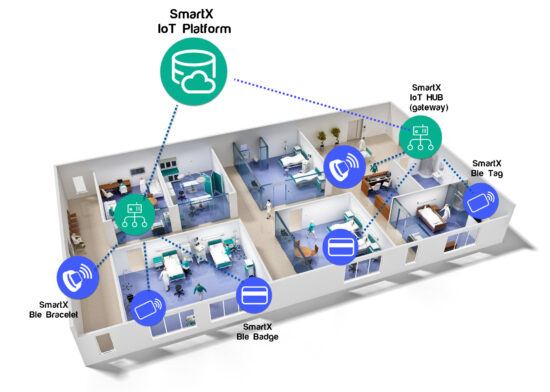
The traditional wristband used in the hospital is now much smarter with Bluetooth technology. Real-time tracking of patients’ locations can ensure they are always where they should be. If a patient gets out of bed and moves away, the staff can find him quickly – ideally, before he falls and gets hurt or leaves the hospital.
In the OR, ED, clinics and other departments, knowing the location and status of clinical staff, patients, beds and critical clinical equipment is essential to improving patient care and departmental workflow. Staff can use the location and status to ensure procedures begin on time and decrease patient wait times. The real-time visibility of patients within and between departments and the availability of rooms and beds are easily determined through visibility boards. The location and status data can be integrated into existing software systems to help optimize workflows and increase throughput.
Location data can also prevent patients without critical illness from wandering through restricted and dangerous areas. In addition, if a patient is moved by family members, real-time tracking of their location ensures that staff can find them, even if they have not been authorized by a doctor.
In the event of a mass accident, these location-oriented smart wristbands can save a lot of time when tracking and screening patients, even if they are placed in beds in the corridors.
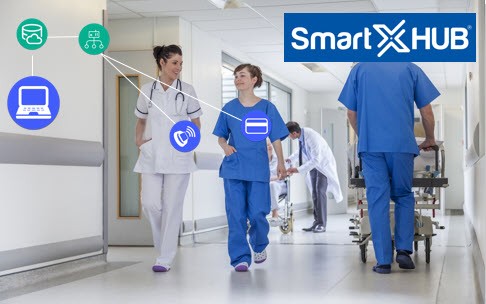
Finally, accompanying hospital staff can increase everyone’s safety. The SmartX HUB solution can be customized to literally locate the nearest doctor when a patient is in danger, rather than one who may be on the other side of the building or in the canteen.
Tracking the location of employees can also help if there is an emergency. Bluetooth wristbands or badges can help ensure that visitors, staff, and patients are accounted for in the event of an evacuation. Generally, hospitals are evacuated only as a last resort, but when they are, it is not possible to do a room-to-room inspection to ensure that everyone is outside or alternatively at a meeting station to count people. One can tell the emergency services who is still in the building, where they are and even if they have reduced mobility, allowing rescue services to go exactly where they need them with the right equipment.
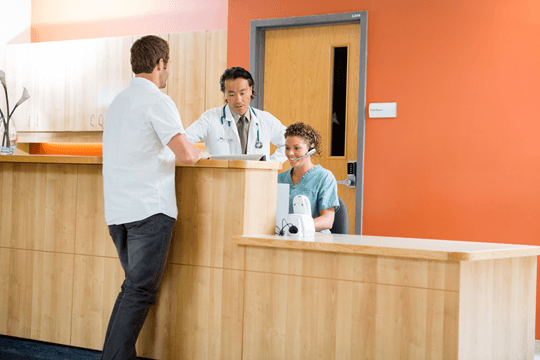
By using Bluetooth technology on visitor badges, hospitals can track visitors and ensure they stay in the areas where they are authorized. This is important for infection control (there are some wards where you really can’t have people coming in), keeping people away from unsafe areas, etc. Some hospitals have begun issuing badges to regular visitors with long pre-authorized visit times (and for outpatients), which denies the need to contact a receptionist and saves a lot of time for everyone, continue to ensure patient safety.
By ensuring that visitors stay within authorized areas, the SmartX HUB solution controls the amount of time you stay in the hospital. This reduces the risk of contamination, as the visitor is restricted to the visit time and authorized area of their visit.
Patient flow is a problem in many hospitals. Transfers between departments do not always happen without problems, the emergency room is overcrowded, although there are many beds, or patients who are ready to be discharged need to wait for hours for paperwork. Real-time data on patient movement can help hospitals identify where bottlenecks are and design systemic controls to avoid discharge delays and patients sitting for hours in corridors. For example, the time of the doctor’s entry can be tracked in the emergency room, providing metrics that allow a hospital to improve its procedures.
SmartX HUB apps can alert doctors or nurses to patients who expect more than usual. Some admissions can be expedited with automatic check-in. They also facilitate patient transfers. Physical charts do not need to be transferred, badges, tags, or wristbands do not need to be changed because they are associated with data held in the cloud and directly linked to a patient’s unique records. The SmartX solution significantly reduces the risk of situations where a patient escapes through an improper passage, while department X thinks department Y is taking care of them and vice versa.
When a patient is discharged, the SmartX HUB solution can automatically notify the cleaning service, so you can immediately clean the bed and/or room for reuse, significantly reducing the shortage of beds. Staff also have an instant map available of which beds are occupied and which are available, so there’s no need to send someone running around the hospital to find a bed (which, yes, happens a lot). The SmartX HUB solution will also send an alert if the hospital is close to capacity, so that patient transfers can be planned.
Unfortunately, there is a risk of aggression when working in a hospital. The stress faced by some patients or their loved ones can result in unfortunate confrontations. Bluetooth technology can provide the team with a remote alert method to call security without having to stop to indicate their location. Health professionals face a high risk of being attacked, especially in the emergency room. Having a panic button also tends to help the team’s confidence and thus the productivity of the team.
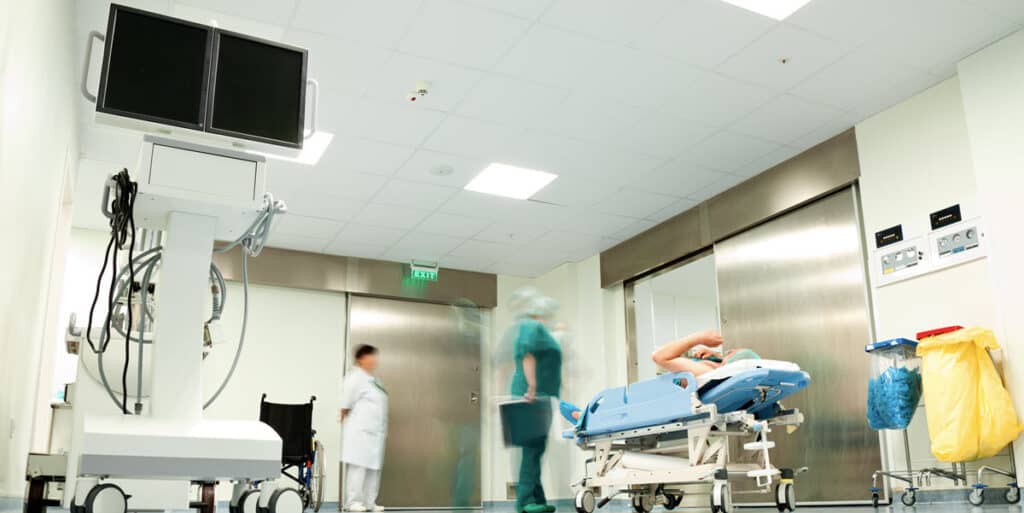
The control of infectious diseases is a major problem.
Visitor tracking can keep visitors who don’t need to stay out of patient rooms and can help visitors plan a route through the hospital that minimizes contact with patients. Even the medical team can be directed in a way that minimizes unnecessary contact with the patient, delaying the spread of infections acquired in hospitals.
Screening for medical assets can signal the equipment they need to be sanitized and ensure that it is not inadvertently reused and track medical waste when leaving the building, ensuring that no one contacts it. This also means that the equipment can be found more quickly when needed, reducing the patient’s waiting time.
The SmartX HUB solution can keep the team abreast of the location of patients with highly contagious diseases and remind them to take proper precautions before entering the room. Some devices are being developed to monitor whether workers are washing their hands before and after contact with the patient.
Recent events have illustrated the critical value of being able to have accurate records of all patient interactions, updated in real time. The outbreak and spread of the COVID-19 virus demonstrates how tracking location data for patients, doctors, and other hospital staff can serve as a crucial record that allows infections to be tracked and hopefully contained. Updated status reports, along with easily accessible historical data, can display all interactions with infected patients, speeding up the process of locating and testing anyone who is at risk.
By using Bluetooth technology on employee badges, building security can be improved. Employees automatically receive access rights to the parts of the building they need. Active badges or bracelets can be easily updated if access rights are changed, without the need to change physical hardware.
Asset tracking reduces theft, which improves patient safety by ensuring that the necessary equipment is present for use.
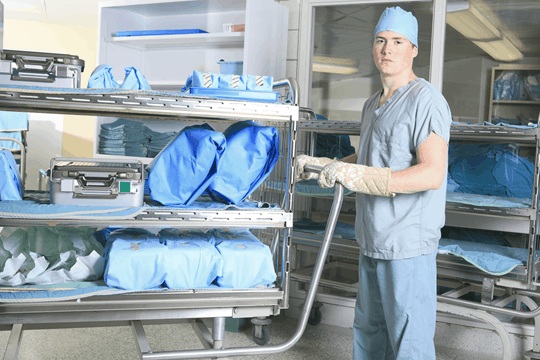
Hospital staff work hard and may be prone to work-related injuries, especially back injuries by lifting or pushing patients. Employee location and monitoring data can track how much hard physical work an individual does. You can then encourage them or force them to pause as needed, or switch to a less arduous task. Sometimes those with a reputation for being big and strong can end up doing more than pushing stretchers.
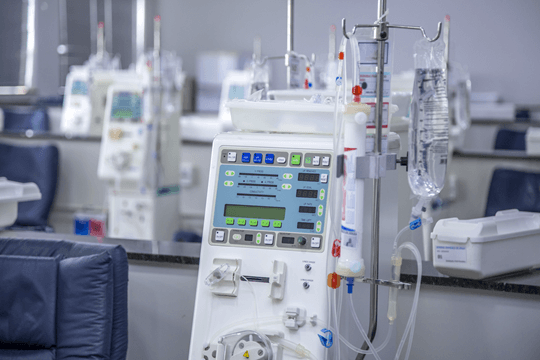
The patient’s equipment should be maintained regularly to have a highly functioning equipment for quality care. Clinical engineers are faced with a variety of tasks including equipment recall, preventive maintenance and maintenance correction. The manual process of locating equipment throughout the hospital campuses is laborious. Often, when the equipment is finally located, the clinical engineer cannot collect the piece of equipment because it is in use or is programmed for use.
Preventive maintenance is also regulated by regulatory agencies that audit hospital equipment maintenance records periodically. The SmartX HUB solution records and controls in an integrated way to trace, the status of each maintenance request, and the costs and hours involved in each clinical engineering action.
Thousands of medical devices spread across many hospital buildings make clinical engineers strive to achieve this preventive maintenance goal for regulatory compliance. Other tasks, such as medical device recalls or repairs, require immediate removal of service equipment since they can affect patient safety and have liability implications.
Equipment Maintenance is part of the Smartx Hub solution for Hospitals, and uses extensive access to the network of connected gateways to provide a broad set of applications throughout the hospital. The solution automates the current manual processes that most hospitals have to locate equipment that requires maintenance.
The location of each tagged equipment is displayed on a map of hospital areas in the SmartX HUB solution. SmartX HUB solution maps include a complete view of the building to allow a quick view of asset distribution. The status of the equipment can be determined by various means, to understand if the equipment is available for maintenance. For example, hospital staff can use alert functions to physicians to indicate that equipment requires maintenance. SmartX technology tracks when equipment enters or leaves an area, or even the facility, and alerts staff to reduce lost and stolen equipment. The alert may also indicate that the equipment has been placed in an area where it is now available for collection. Alerts include emails, web pages, text messages, and other forms, such as integration into a third-party maintenance management system.
Hospital staff can report on the SmartX HUB solution to understand the location and status of equipment that requires preventative maintenance. The solution stores all historical data and includes on-demand and analytical reporting tools. The reports present graphical and tabular views that can be printed or exported to Excel, PDF, or web (HTML) formats. Reports include asset location and status history, current location, utilization, and inventory.
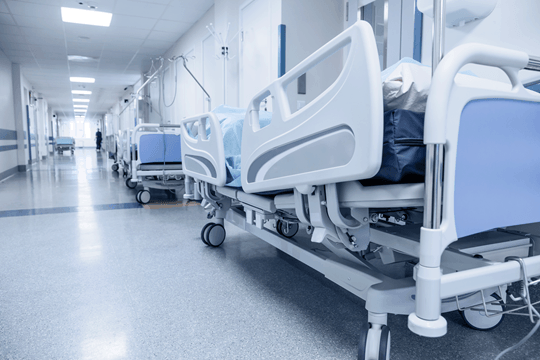
Hospital assets can be expensive. In fact, the cost per bed has increased 90% in the last 15 years, to $3,144.2 each hospital bed includes expensive equipment, and tracking this equipment is often a huge task. Hospitals are large and densely populated by patients, staff and visitors.
Employees often work in a variety of areas and have different goals. The result is precious and expensive assets being regularly misplaced or left in disuse. Estimates indicate that hospitals buy 10% to 20% more equipment than is needed for operational needs.
With automated tracking and distribution of mobile medical equipment, hospital staff always know when and where to find ready-to-use medical devices and which devices need to be cleaned and redistributed. The SmartX HUB solution increases team efficiency and improves workflow management by automating work assignments, simplifying tasks, and reducing the time staff should spend looking for equipment.
With the SmartX HUB automated solution, hospital supervisors and administrators have clear, real-time visibility into the status and location of all mobile medical devices, when and where they were last used, and who is responsible for collecting, clean and distribute them. With greater transparency comes greater responsibility, which reduces the number of devices that are misplaced or left unsupervised.
The Smartx HUB real-time localization solution is revolutionizing healthcare. It may still not be universal, but chances are it will be in no time.
The hospital of the future will simplify every data-driven interaction, guiding staff, patients, and visitors where they need to go. In this way, patient safety and outcomes will be improved and employees will be better protected from the inevitable risks of their work. By optimizing patient flow, helping to protect counter-attack workers and reducing everyone’s exposure to infectious agents, real-time location data tracking will keep everyone in and out of the safest hospitals.
Organizations large and small and across industries can leverage RTLS to improve safety, safeguard materials and work more efficiently.
Discover how your peers are benefiting from real-time visibility.
©2014-2024 All Rights Reserved. SmartX Technology Inc